This article is published in EcoWorld, supplement to Domus 1080, June 2023.
A house that is minimal, cheap and quickly built is a great aspiration, obsession and fantasy of modern and contemporary architecture. At the dawn of the 20th century, it represented the possibility of a permanent, comfortable dwelling for the masses receiving welfare support. In the 1950s, it was reinvented to realise the freshly democratised dream of a second home for vacation. In addition, it was and remains a fundamental solution with which to react to periodic geopolitical and environmental disasters that require emergency help and the instant accommodation of stricken communities.

Rebuilding the story of the minimal house means identifying the overlaps between these three profoundly different forms of domesticity. During the 2023 Venice Architecture Biennale, Norman Foster is presenting his personal interpretation of the minimal house with the Essential Homes Research Project, sponsored by Holcim with the Norman Foster Foundation. For the moment, the project has been built as a prototype displayed in the Giardini della Marinaressa. The structure is a tunnel whose single common passage space separates the bunks from the wet functions of the kitchen and bathroom on the opposite side. It contains many references to previous work by Foster – the gallery of the Sainsbury Centre for Visual Arts in the UK (1974-1978), although different in scale and function – and to the heroes of modern prefabrication – the panels that close the short facades are a clear homage to Jean Prouvé.

“All the ingredients of a new architecture already exist,” says Foster. “But their intelligent combination can give rise to something original.” The protagonists of the project, client and architect, place the accent on sustainability, declaring it to be their shared concern. Foster demonstrates this at the retrospective underway at the Centre Pompidou in Paris, where he collaborated with the curator Frédéric Migayrou to review over 50 years of his production related to ecology. At the Venice Biennale, it is the second time that the cement company Holcim has partnered with a talent of excellence.
This first time was in 2021 with Zaha Hadid Architects, when the same format was followed to experiment with sustainable types of concrete. The format’s aim is both practical – to show the latest construction practices – and cultural, to define and legitimise positive narrative about an often-stigmatised material. And so, the Essential Home is distinct for its innovative weight-bearing shell, made of a double layer of roll-up fabric impregnated with low-carbon cement and draped over lightweight formwork. Once the fabric is sprinkled with water, it solidifies in 24 hours.
.jpg)
The foundationless living units are placed on permeable platforms of recycled aggregate. They are connected by prefabricated panels of porous cement. Their luminescent aggregate absorbs sunlight during the day and glows at night. This is not a quirk, but another element of energy saving. All the dwelling’s components are recyclable or reusable when no longer needed. Its life cycle is estimated to be 20 years.
Edelio Bermejo, the head of research and development at Holcim, says Essential Home not only slashes emissions by 75 per cent compared to a conventional building, but also embodies his company’s three main priorities, “low carbon, energy efficiency and circularity”. His description is echoed by Foster, who remarks on the durability of the prototype, which he considers a valid alternative to camp tents, which are fragile and substantially throwaway, and traditional permanent constructions, which are energy-guzzling, lengthy projects.

The Essential Home by Holcim and Foster is certainly experimental on a material and technological level, indubitably captivating on a formal level, refined in its simple wooden interiors, and almost luxurious for the sumptuous size of its open-plan space. The prototype on display measures 54 square metres, while the minimal unit will measure 18. Inevitably, it is more expensive than the more common emergency solutions for displaced people. The cost is estimated at 4,000 euros per unit. With these preconditions, it will be interesting to see whether the Essential Home will indeed be transported to the hot spots of planetary crises in the future, as suggested by the small exhibition at the European Cultural Centre that introduces the model, or rather end up in an elegant tourist resort where room service and a panoramic view are included.

.jpg.foto.rbig.png)

.jpg.foto.rmedium.png)
.jpg.foto.rmedium.png)
.jpg.foto.rmedium.png)
.jpg.foto.rmedium.png)
.jpg.foto.rmedium.png)
.jpg.foto.rmedium.png)
.jpg.foto.rmedium.png)
.jpg.foto.rmedium.png)
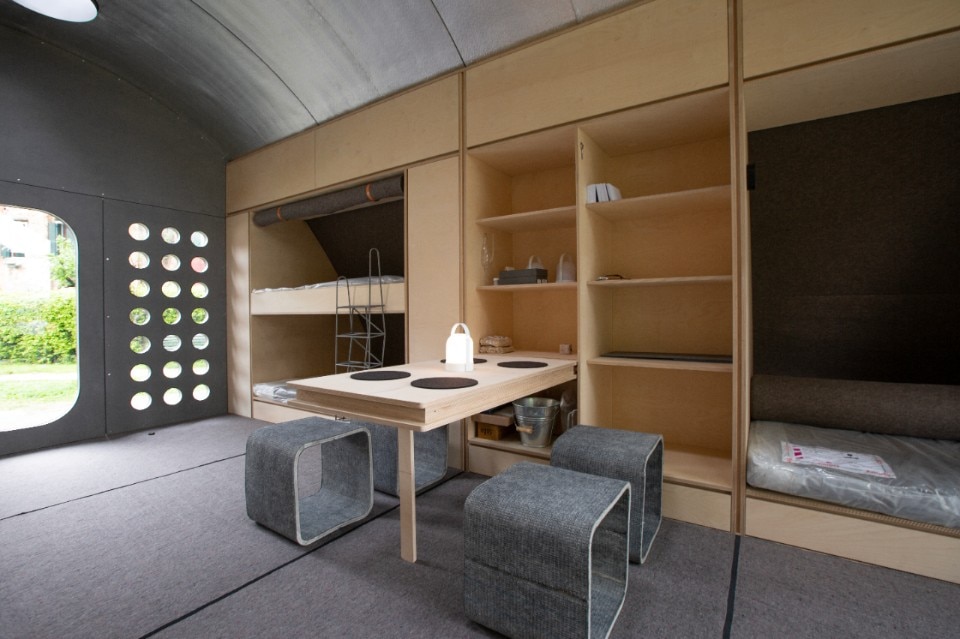
.jpg.foto.rmedium.png)
.jpg.foto.rmedium.png)
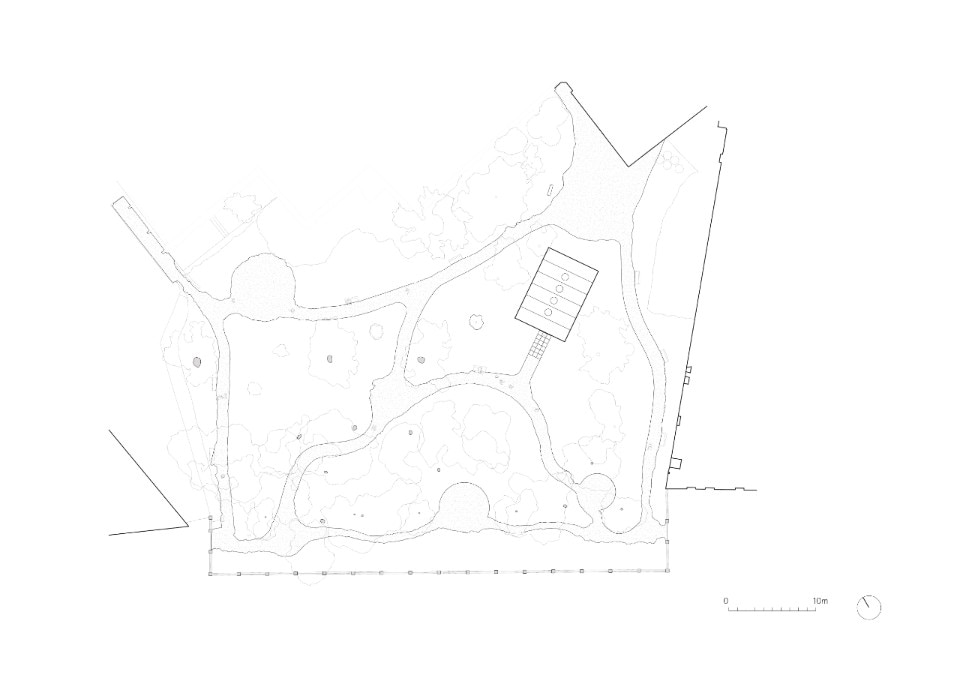
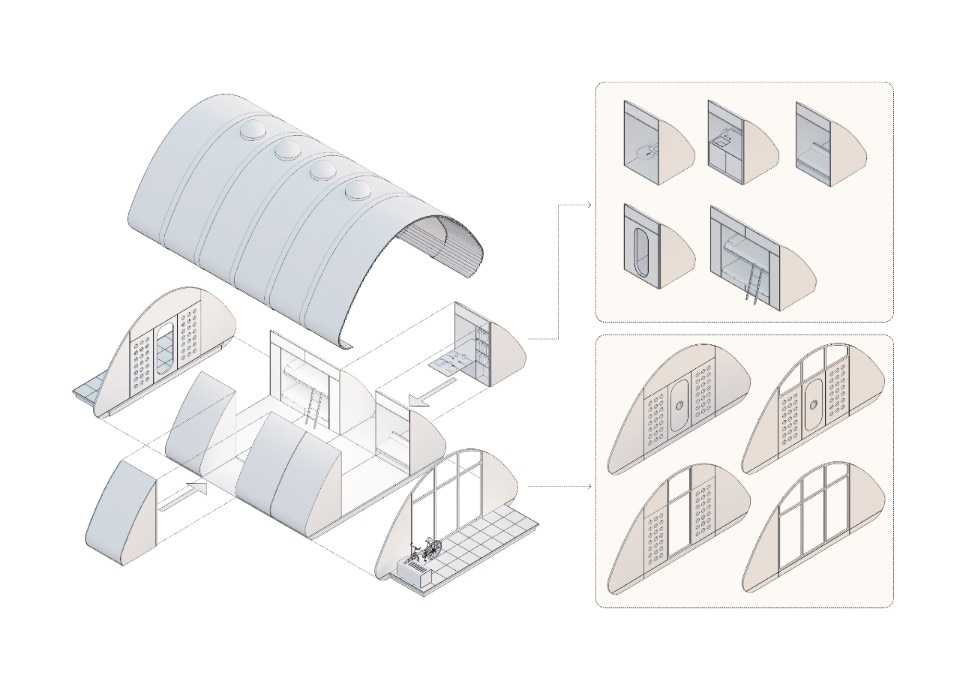
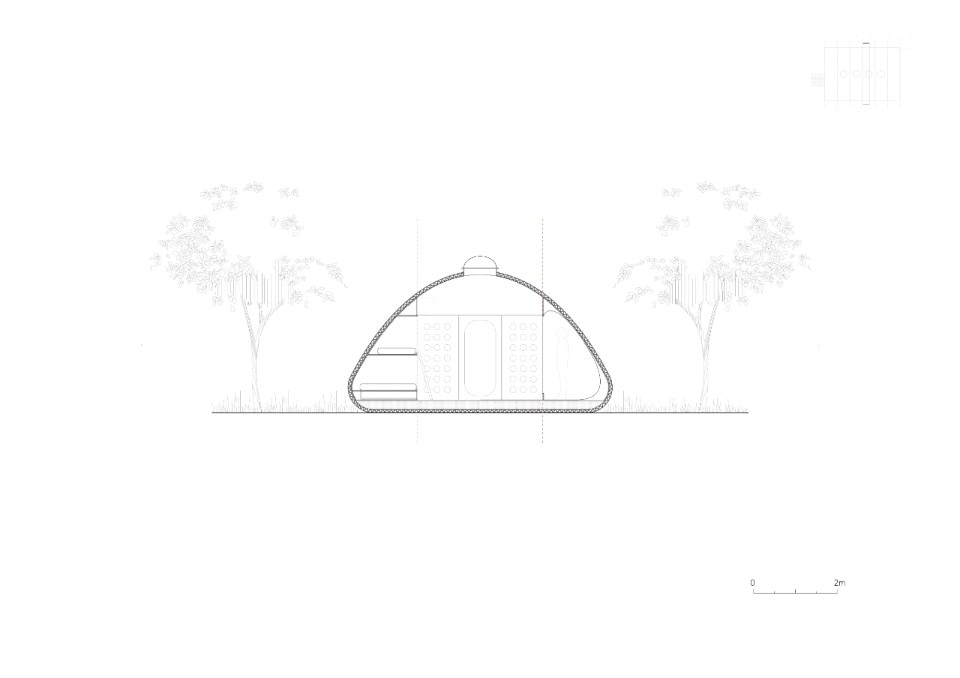
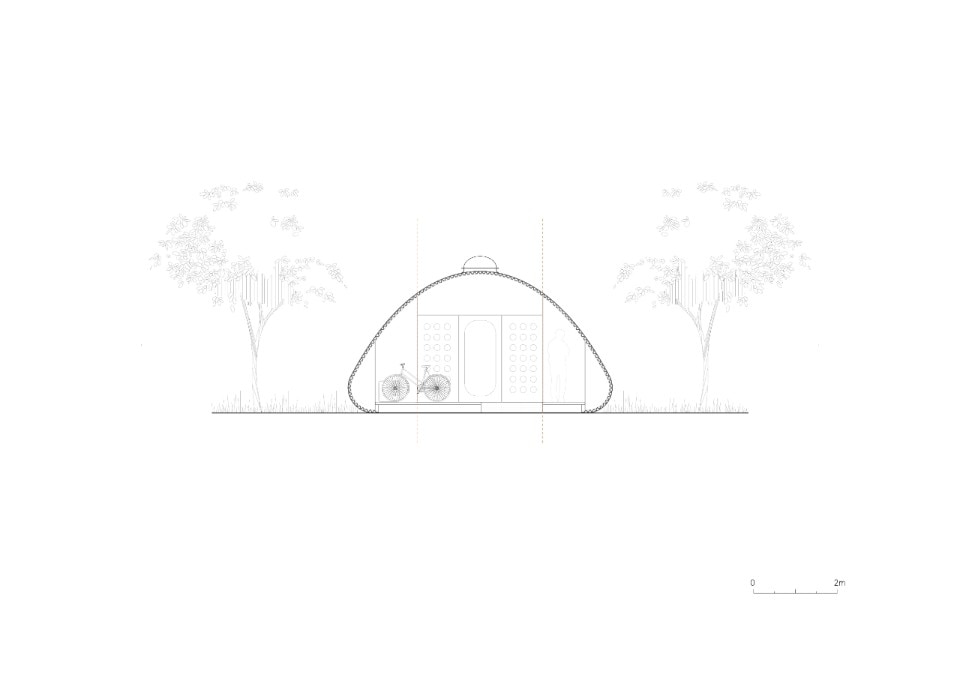
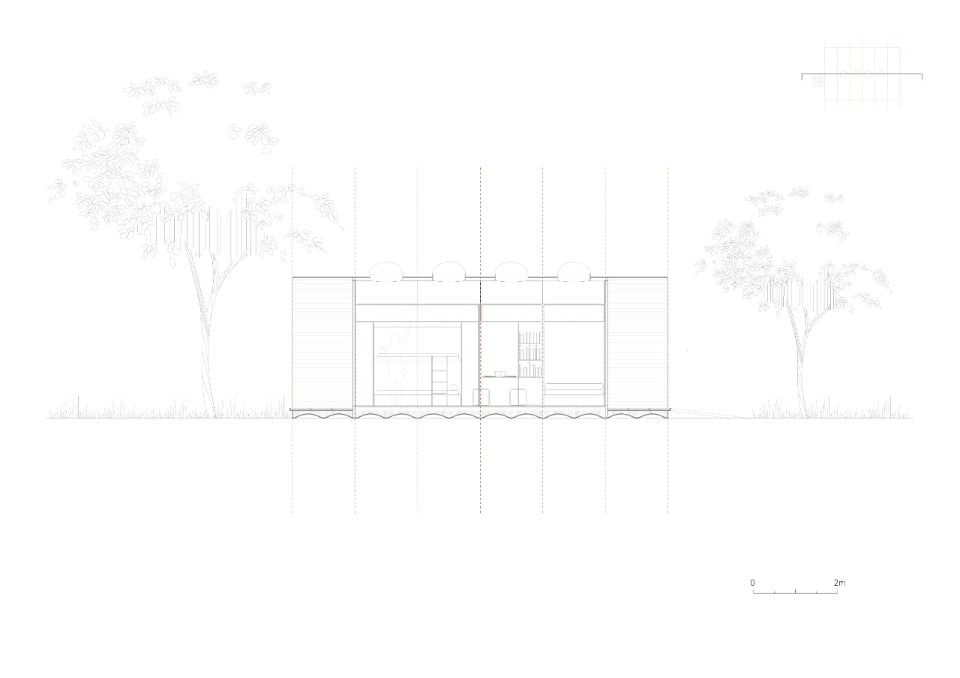
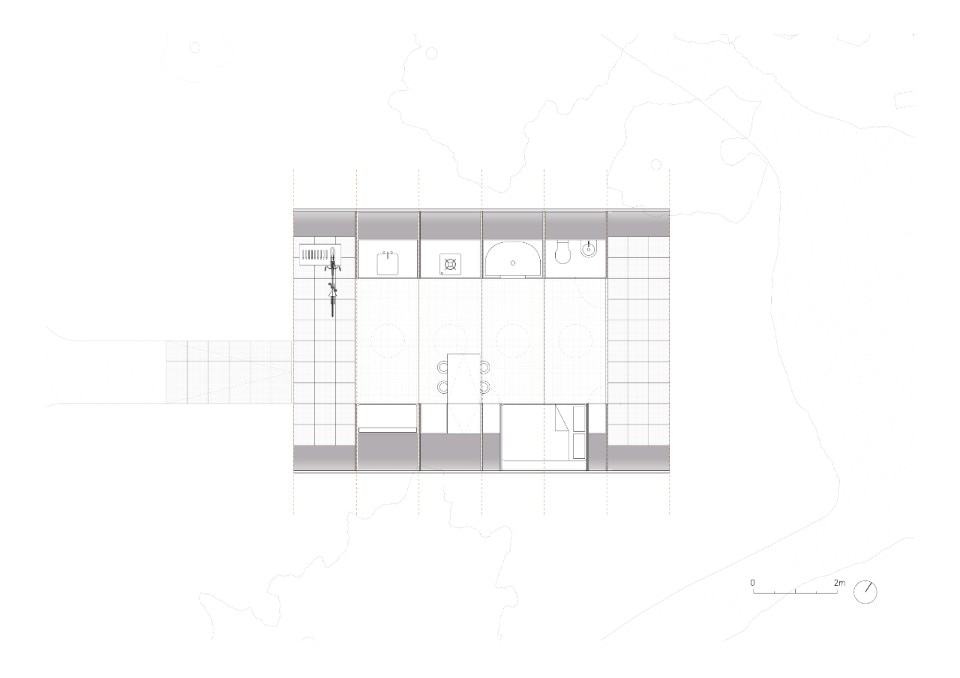
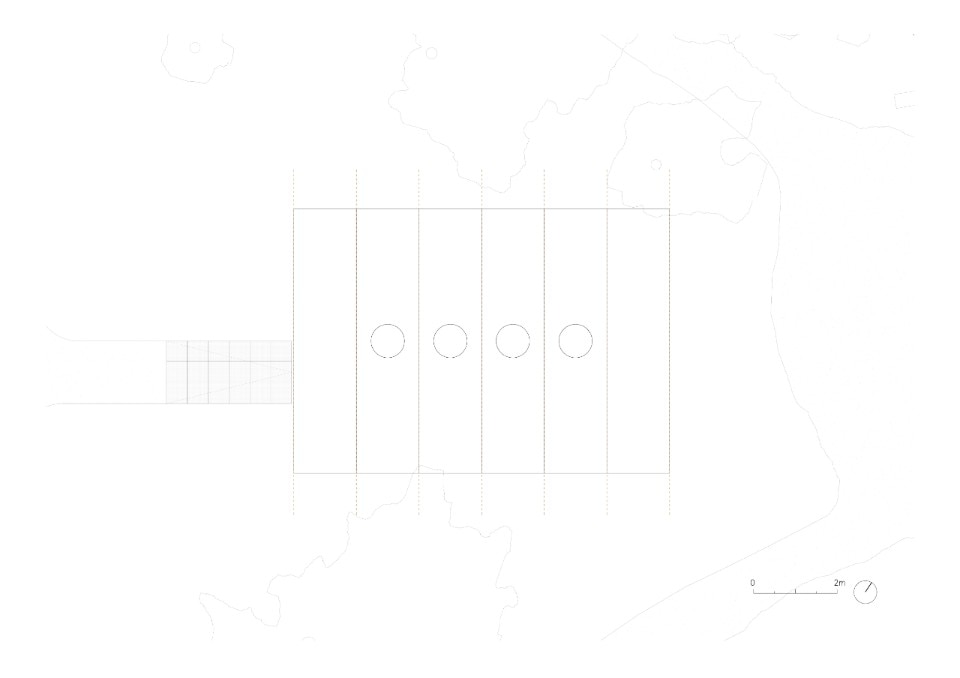
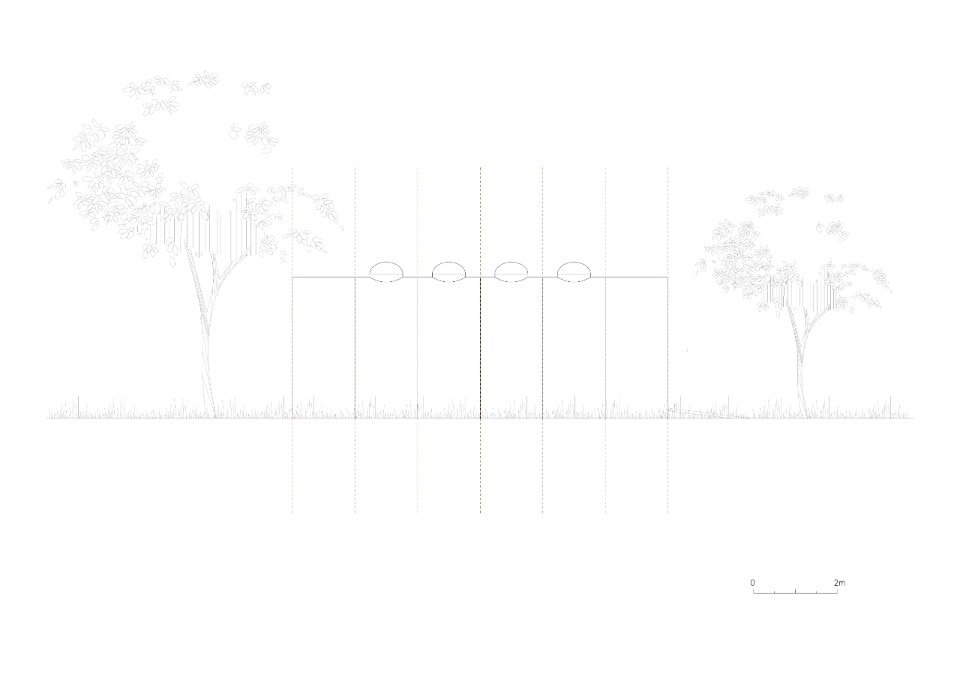
.jpg.foto.rmedium.png)
.jpg.foto.rmedium.png)
.jpg.foto.rmedium.png)
.jpg.foto.rmedium.png)
.jpg.foto.rmedium.png)
.jpg.foto.rmedium.png)
.jpg.foto.rmedium.png)